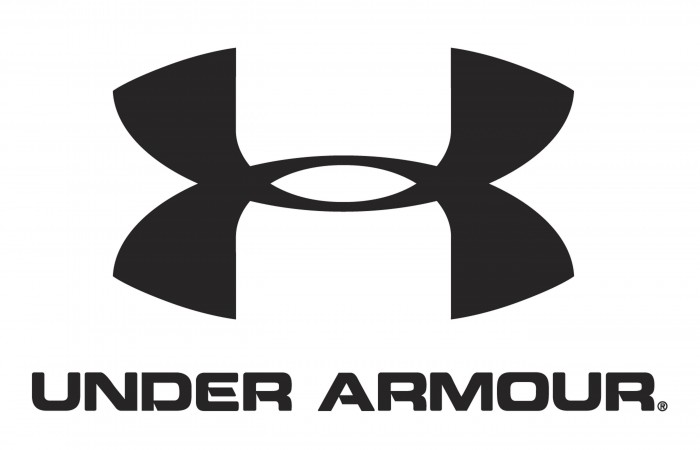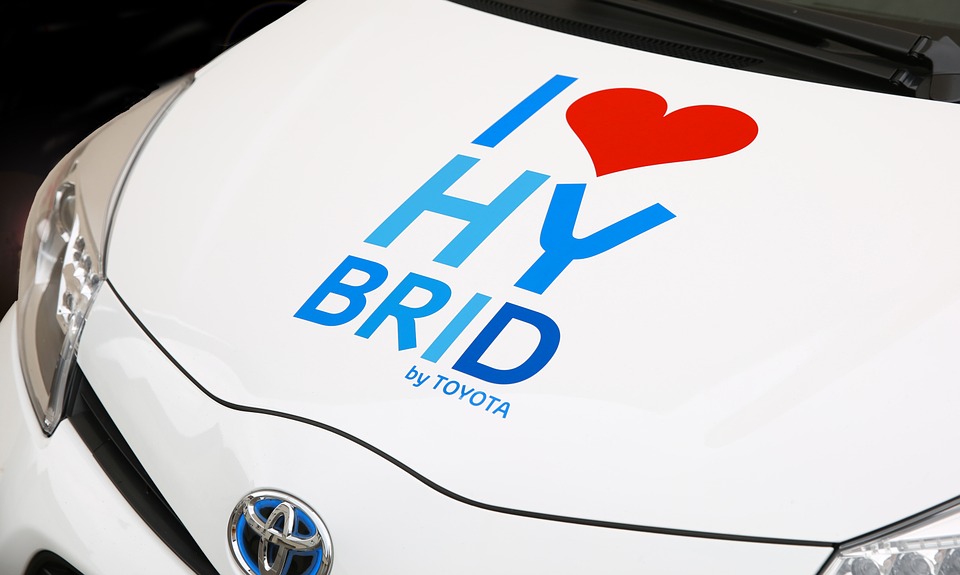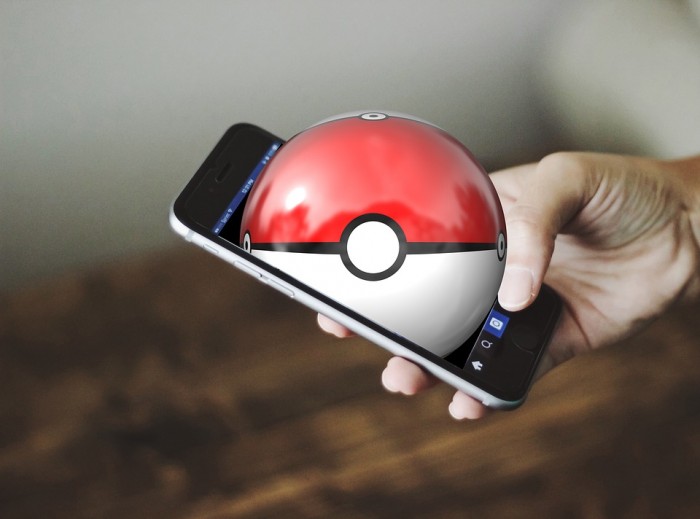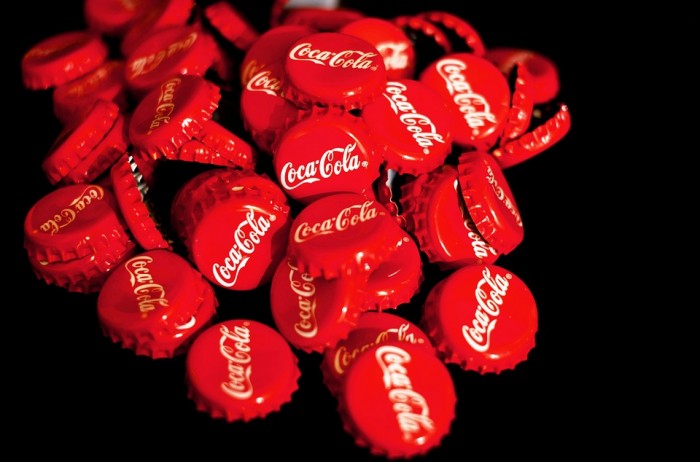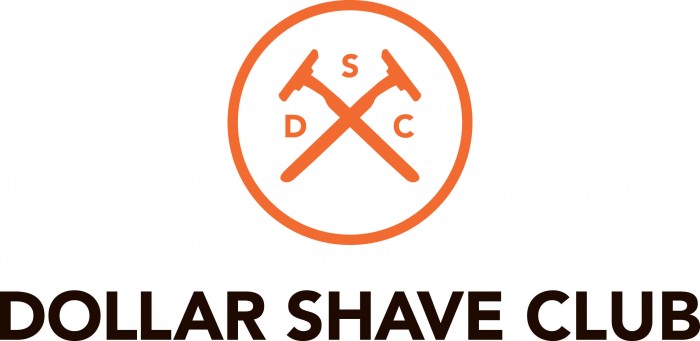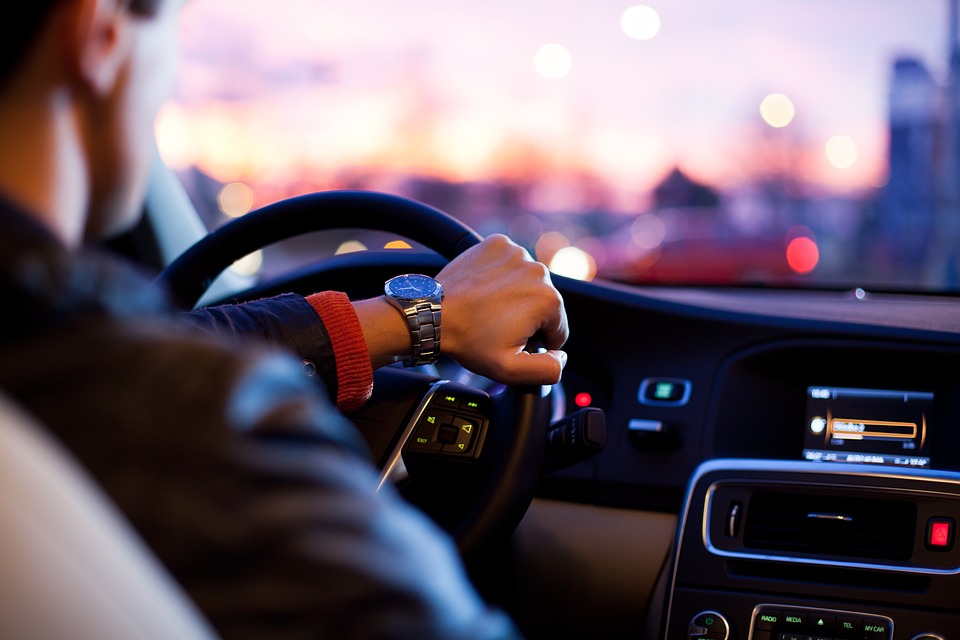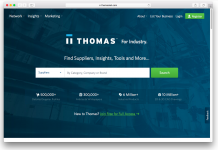Having an effective business strategy is key to the success of any company – yet it’s harder than it sounds.
Some companies never find a strategy that works for them and those that do can still struggle to make an impact.
But behind each success and failure of a campaign or company, there is a lesson to be learned.
Whatever the size of your business, looking at established household names can provide insights to the newest start-ups. Check out these eight case studies.
1 – Under Armour
Under Armour has had an underdog approach to their marketing strategy. They know that they are up against major competitors, so they’ve had to figure out a way to stand out. Instead of competing for endorsing the biggest athletes, Under Armour sponsors up-and-coming athletes. They did this with Steph Curry on his rise to stardom. This way they saved money by avoiding bidding wars and ended up with an NBA all-star representing their brand.
The key is having a realistic understanding of your brand’s position within an industry and then turning that into an advantage.
Under Armour was an underdog, so they changed their strategy to reflect this. They embraced their position in the industry, implemented a successful strategy and saved money by doing so.
Toyota is one of the top-selling hybrid vehicle manufacturers because they have dedicated themselves to ensuring their technology is as green as possible and is transferrable to as many models as it can be.
This successful strategy is built from the idea that drivers shouldn’t have to choose between an efficient, environmentally friendly hybrid, and the type of vehicle that suits their need.
Recognizing this, Toyota made a broad range of their models available as hybrid vehicles, including the RAV4, Highlander and Camry.
This meant drivers didn’t have to settle for a hybrid that didn’t meet their needs. Instead, customers found a Toyota hybrid that satisfied practical, stylistic and fuel efficiency needs at the same time.
Looking at the strength of Toyota’s position in the hybrid category today, this strategy had paid dividends.
After the first week of Pokémon Go’s release, the game became the fastest growing app on the market. The app was an overnight success, but that doesn’t mean that this stroke of genius was created that quickly. The game took creator, John Hanke, over twenty years to create. Using augmented reality as a means of playing an old – but still popular game – was something he had dedicated himself to for nearly half his lifetime.
Pokémon Go wasn’t Hanke’s first crack at a GPS augmented reality game. In 2012, Hanke and Niantic released “Ingress.” It followed the GPS principle where your location is directly related to the game. The game was a hit; but because both the game and the technology behind it were unfamiliar, it wasn’t as popular as Hanke had hoped.
What helped Niantic when they paired with Pokémon and Google was that people were already adding stops around the world through Ingress. This means they already had points to insert into Pokémon Go, which gave them a head start on the game’s development. These points were repurposed as Pokestops.
Trial and error were large factors in Pokémon Go’s success. By learning from what wasn’t successful in the old game, Niantic was able to improve their new one. Instead of scrapping old ideas that still worked, they repurposed them. Niantic was innovative through every stage of the process it took to create Pokémon Go. They continued to learn and modify on the go so there were always improvements on their road to success.
4 – Coca-Cola
Coca-Cola recognized a very simple truth; that people find it exciting when they see an item with their name on it – especially if it is associated with a popular brand. This was the background to the Share a Coke campaign, where Coca-Cola bottles were printed with individual’s names on them.
When the “Share a Coke” Campaign went global, the campaign saw a 2.5 percent increase in sales for Coca-Cola – a compelling case for the power of personalization.
Of course, not every brand has something as iconic as a Coca-Cola bottle to work with, but nevertheless, when a brand personalizes their product for the consumer it can create a stronger connection between the individual and the product.
5 – Dollar Shave Club
The Dollar Shave Club released their first marketing video in 2012. The video took over social media with its wit and humour. A killer video wasn’t the only factor behind the success. On a more fundamental level Dollar Shave Club found a new way to fulfill an existing consumer need.
Their products and services provided a solution to a big problem – overpriced razor blades. At the time, there really wasn’t anything else on the market like Dollar Shave Club – providing quality products at a fraction of the price of retail.
Dollar Shave Club saw that there was a need for their service and product. When there is a need, there are sales. If a company can find an inventive way of satisfying that need in a way that is different from the competition the opportunities are potentially huge.
6 – Uber
No one exemplifies the lesson about finding new ways to satisfy consumer needs better than Uber. Uber took advantage of a system that many often complain about. In a clever way, Uber used crowdsourcing as a source of revenue and a way of enticing consumers to use their service.
Taxi systems in many cities have faced complaints of being expensive, inconvenient, and inconsistent. Uber saw all of the problems that lie in taxi services and used them to their advantage.
The service provided by Uber still delivered on satisfying the same need provided by regular cabs, but with additional advantages.
Uber was able to provide an app, fare estimates, cheaper fares, cash-free payment, fare-split options, and the ability to rate your driver.
With over two billion rides provided worldwide, the strategy has seen Uber become a global phenomenon in just a few short years.
7 – Molson Canadian
Never discount the power that making an emotional connection with your customers can make.
Molson Canadian is well aware of the responsibility they carry with the “Canadian” name. Being a Canadian-brewed beer, it is not sold anywhere else in the world.
Molson used this to connect the product to feelings of pride and patriotism. The brewer realised the unique position the ‘Canadian’ name provided given how patriotic Canadians are, and built on a strategy to capitalize on the situation.
They held patriotic campaigns like the beer fridge campaign. They placed beer fridges at popular events around the world – like at the Olympics – that could only be opened with a Canadian Passport. Molson Canadian naturally became a symbol of Canadian pride. They generated over $160 million in PR value globally.
But this isn’t just a lesson about the power of emotion. Companies should recognize what makes them unique and use it to their advantage. Molson Canadian saw that they were the most Canadian beer on the market, so they marketed exactly that. They made the consumer see the worth in the name and the patriotism behind the brand. As a result, Canadians held pride in the Molson brand too.
8 – Always – Like a Girl
Sometimes you don’t have to focus on the sale of your product. Always has many competitors that sell similar products. To stand out they marketed their brand and what based on values. It has proved to have a bigger impact than an ordinary tampon commercial.
The “Like a Girl” campaign promoted female equality and self-confidence in an active lifestyle. As many as 70 percent of young girls feel they don’t belong in sports, which in turn leads to inactivity and low self-esteem. The campaign was used to build self-esteem in young females discouraged by their gender in athletics.
With the “Like a Girl” campaign, they acted as advocates for young girls and women. This caused society to reflect on the social stereotypes created around girls and boys. This has allowed women to trust that the Always brand cares for their well-being.
Always’ campaign contributed towards social change which ends up bringing value to the company. The company has continued to grow in the eyes of society as not only a feminine product company, but also as an advocate for their niche market.
Often it takes a combination of multiple strategies to find a campaign that serves for your brand, sometimes there’s a simple answer to your company’s marketing needs. Regardless, it takes time, money, collaboration, and a lot of hard work.
Find a Home-Based Business to Start-Up >>> Hundreds of Business Listings.











































